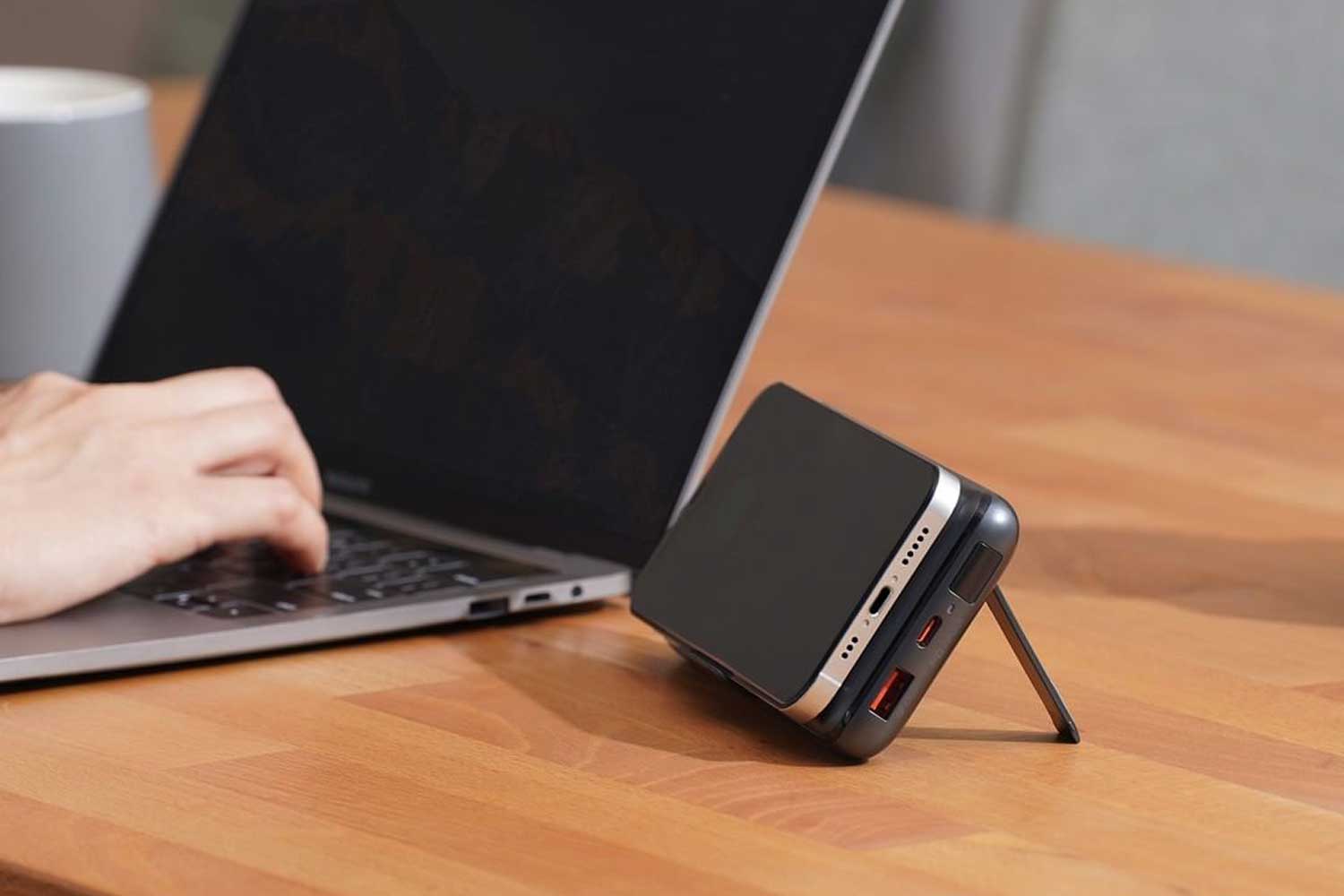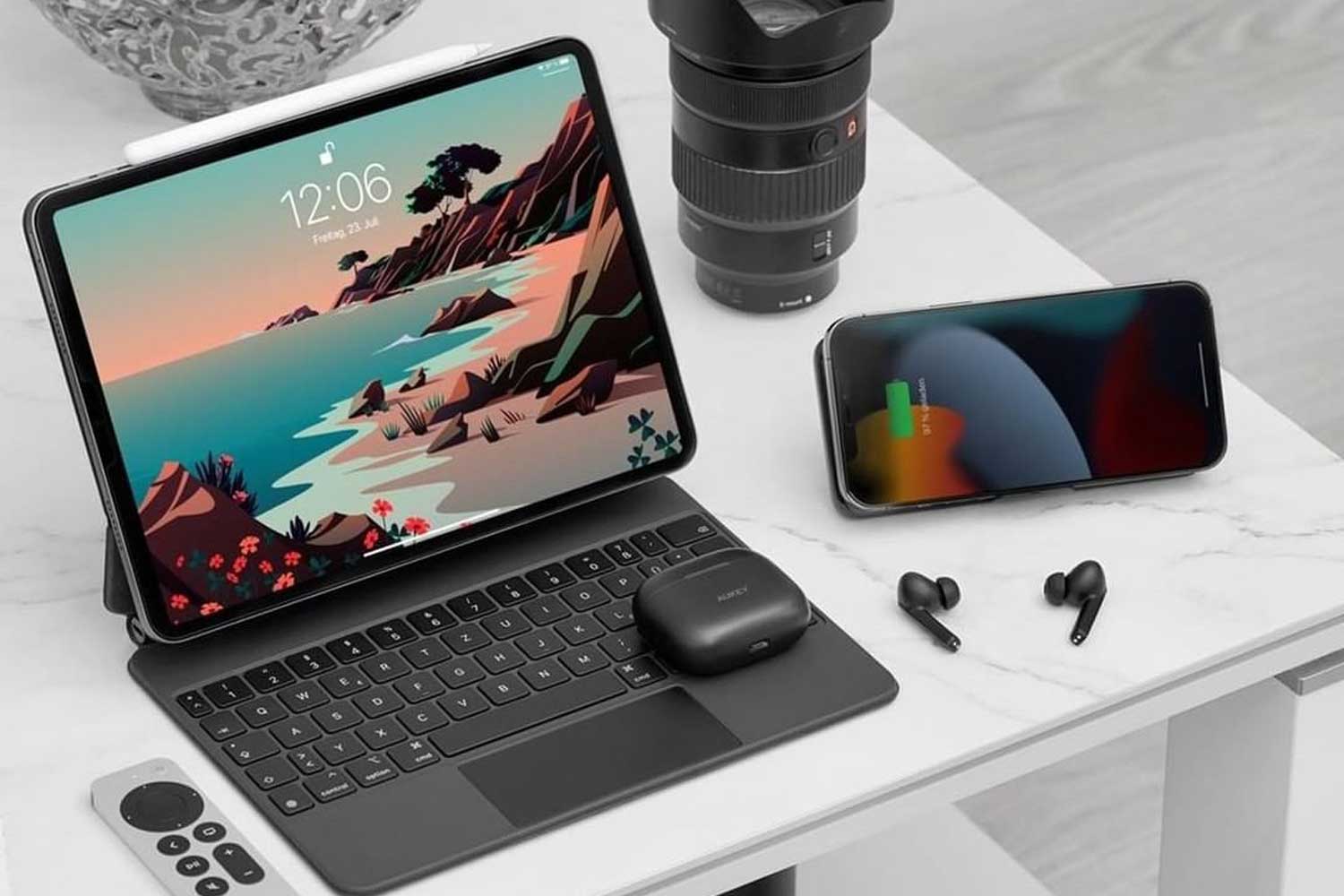How Does Wireless Charging Work?
Wireless charging technology is becoming the standard for charging devices now. It uses a base station or charging pad that transmits power through EM waves. Then, a receiver coil in the phone picks up the waves and transforms them into electricity, which is then used to charge the phone.
Wireless charging technology is also referred to as Qi charging or Qi technology. This type of technology uses resonant and inductive charging, whereas inductive charging requires devices to be in close proximity to each other. Wireless charging is a great way to keep your devices charged when you don’t want to deal with the hassle of wires everywhere throughout your home.
A Brief History of Wireless Charging Technology
The history of wireless technology actually dates back to the late 19th century with Nikola Tesla. He used a process called resonant-inductive coupling, which creates a magnetic field between a transmitter and a receiver to power light bulbs.
The same principle is used to charge smartphones wirelessly today. An EM coil (the induction coil) creates a magnetic field and transmits an energy field, and then a second coil (usually smaller) is located in the phone and takes this energy in and converts it to electricity.
Wireless technology has developed as it continues to improve with new technology released. Today, it’s much faster at charging products, and it also falls under the Qi standard, which allows it to work with multiple brands and models.

There are several benefits to wireless charing, including:
- Compatibility: Qi charging is considered the universal standard for wireless charging so that it can charge almost any device.
- Durability: Since there’s no wear and tear from constant plugging in and out of devices, there’s less damage done to your smartphone wires.
- No Overheating: The wireless charging pad automatically turns off when your smartphone is fully charged, meaning it won’t overheat and ruin the charger.
- One Cable: Only one cable is needed to be carried around, so the risk of getting your cables all tangled up is minimized.
However, there are a few downfalls, such as:
- You can’t use your phone: When your phone is on the wireless charging station, you won’t be able to access it easily, as it needs to stay on the stand.
- Charging may take longer: Though wireless charging technology is advanced, it can still take longer to charge your phone than compared to directly plugging in a cable.
Yet even though these may be minor downfalls today, technology is always developing every year, and these aspects will only improve as time goes by. Wireless charging technology is great for people on the go or who want to charge several things at once.
How Do You Choose the Best Wireless Charger?
Choosing the best wireless charger can be difficult with all the options out there. However, we’ve found a few key features that you should look for when deciding on your wireless charger. There are two types of wireless chargers to choose from when shopping: a wireless charging stand and a wireless charging bank.
Wireless Charging Stand
A wireless charging stand is a good option if you want to charge wirelessly at home. It includes a stand to put your phone upright on so you can still see notifications coming in and can also come with another charging port that’s useful to charge your wireless earphones or smartwatch with. It also has a sleek design and can be put on nightstands or kitchen counters while you go about your day.

Wireless Charging Bank
A wireless charging bank is a great option if you’re always on the go because it is small and lightweight and doesn’t need to be plugged in to charge your device. You can simply place your phone on top to charge it, but it also has other USB ports to charge multiple devices at once.

It’s ideal for people who are going camping, are constantly at school, or whose work requires them to travel often. Wireless charging banks are also made with enhanced safety features, so they will not overcharge or overheat devices.
Shop Wireless Charging Devices from AUKEY
Now that you know what to look for in wireless charging devices and know more about wireless charging technology, you can make an informed decision when you purchase. At AUKEY, we carry a variety of wireless charging products for you to choose from, like our iPhone 12 wireless charging product.



